Giselle’s Restless Spirit: The Ballerina’s Hamlet
Originally published by The Dance Current through The National Ballet of Canada’s Emerging Dance Critics - June 21, 2016
Traditionally described as ‘the ballerina’s Hamlet’, this production of Giselleby The National Ballet of Canada soundly debunks the adage. While the character presents a comparably dizzying challenge, Principal Dancer Svetlana Lunkina’s protean complexity in the role subverted any comparisons to another character. With choreography set by Sir Peter Wright and music revised by Joseph Horovitz, the production was left without an accurate canonical peer.
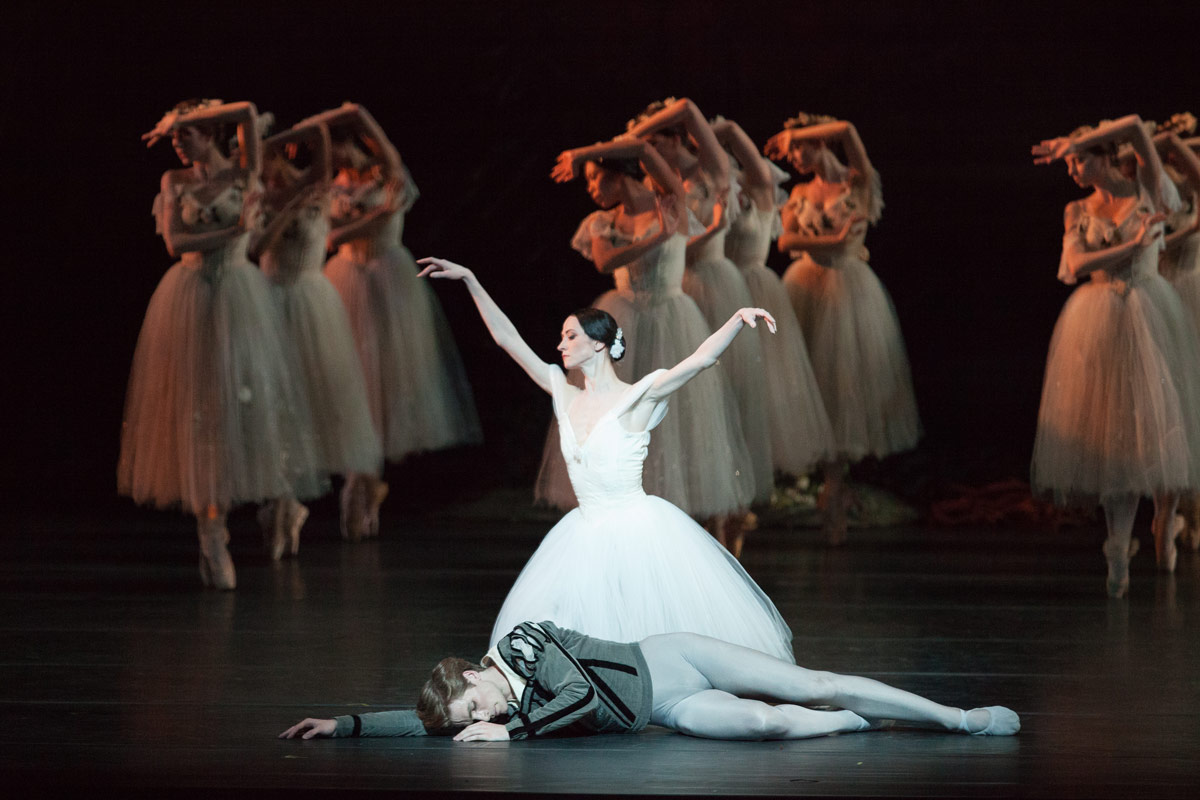
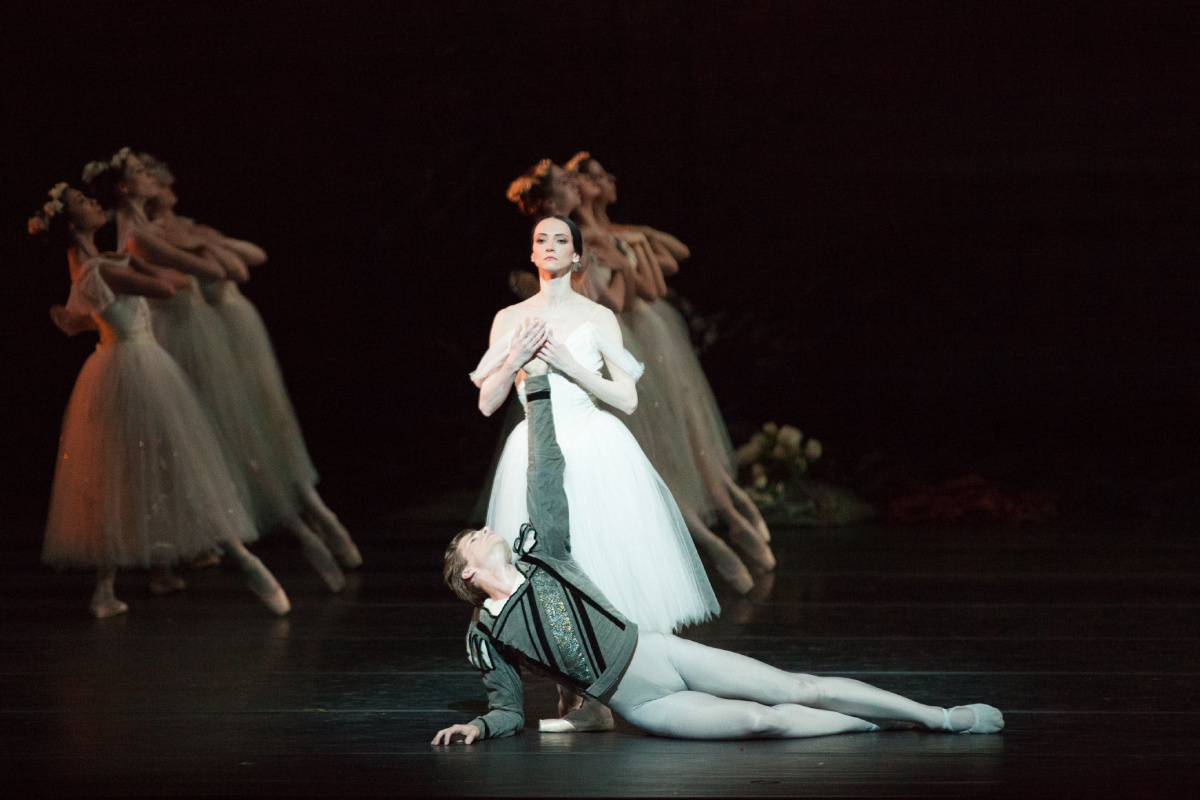
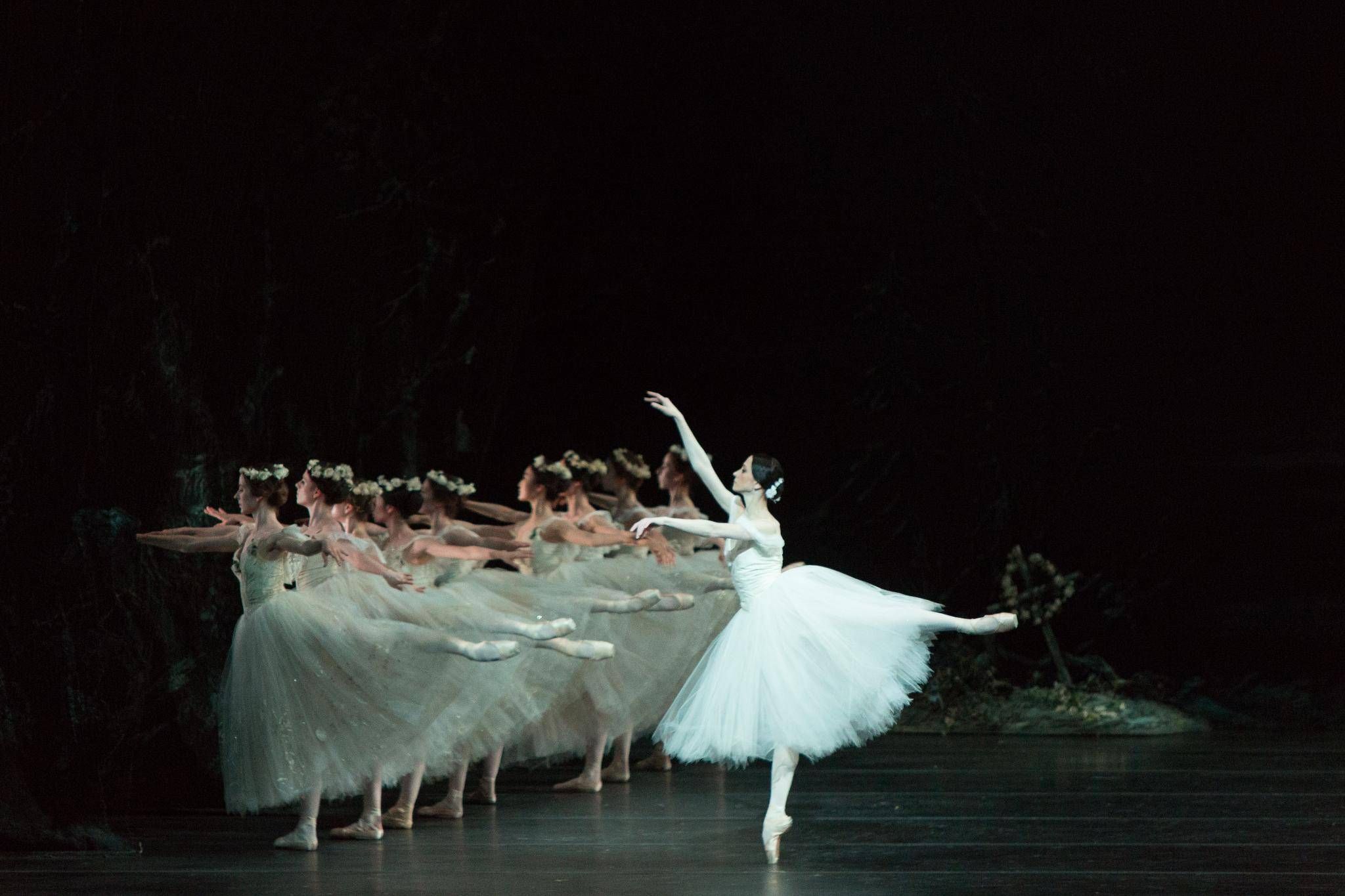
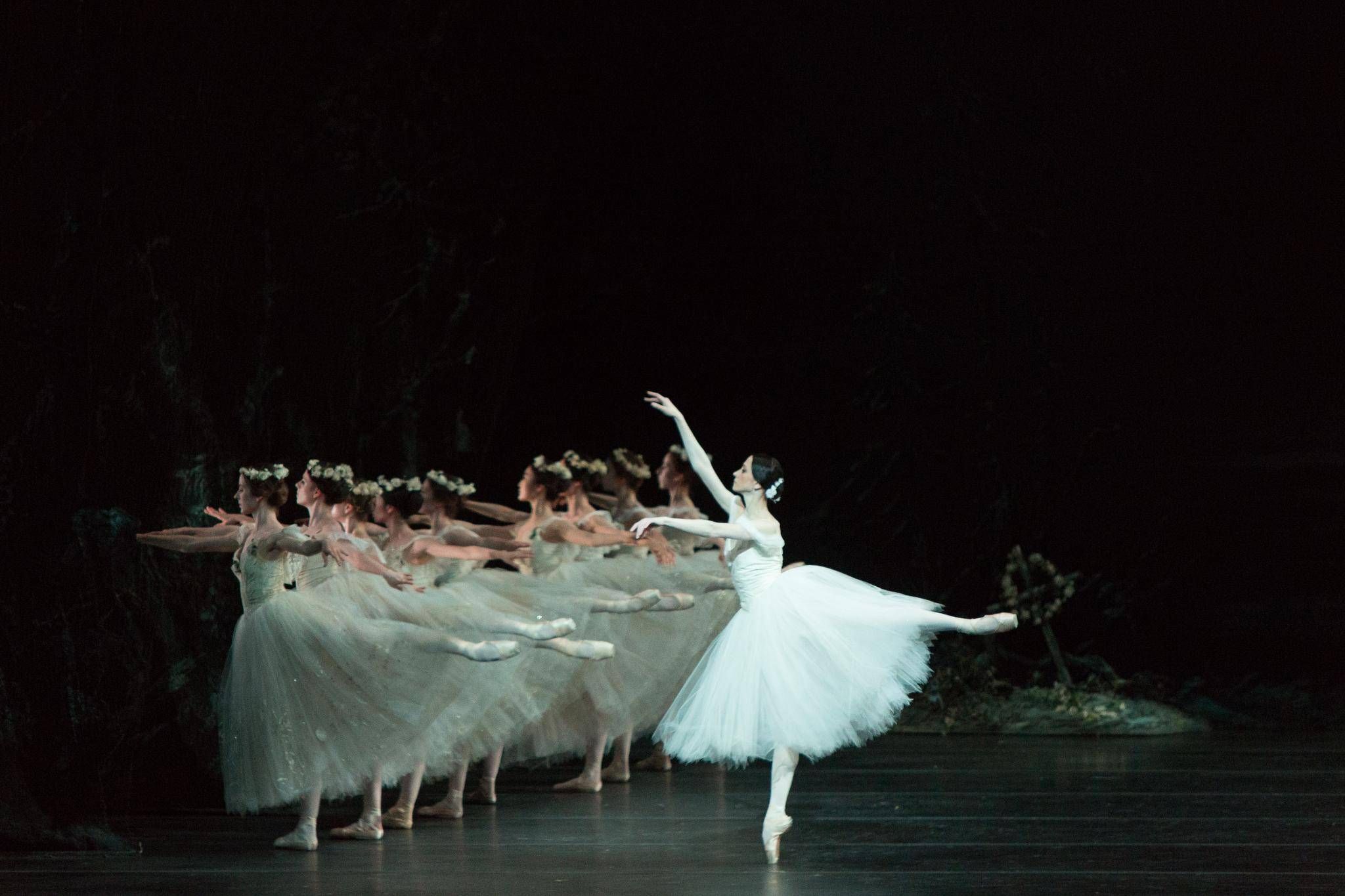
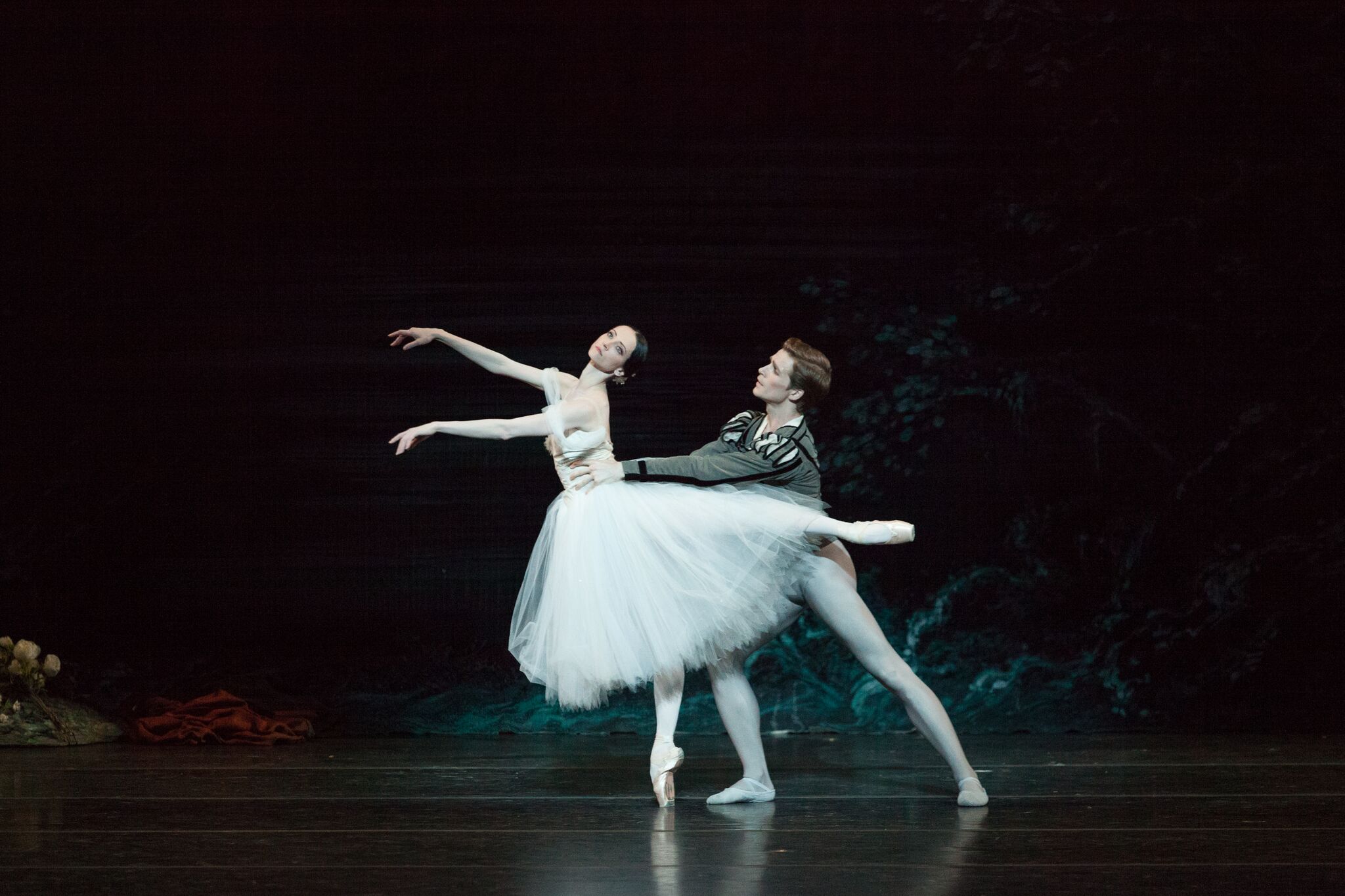
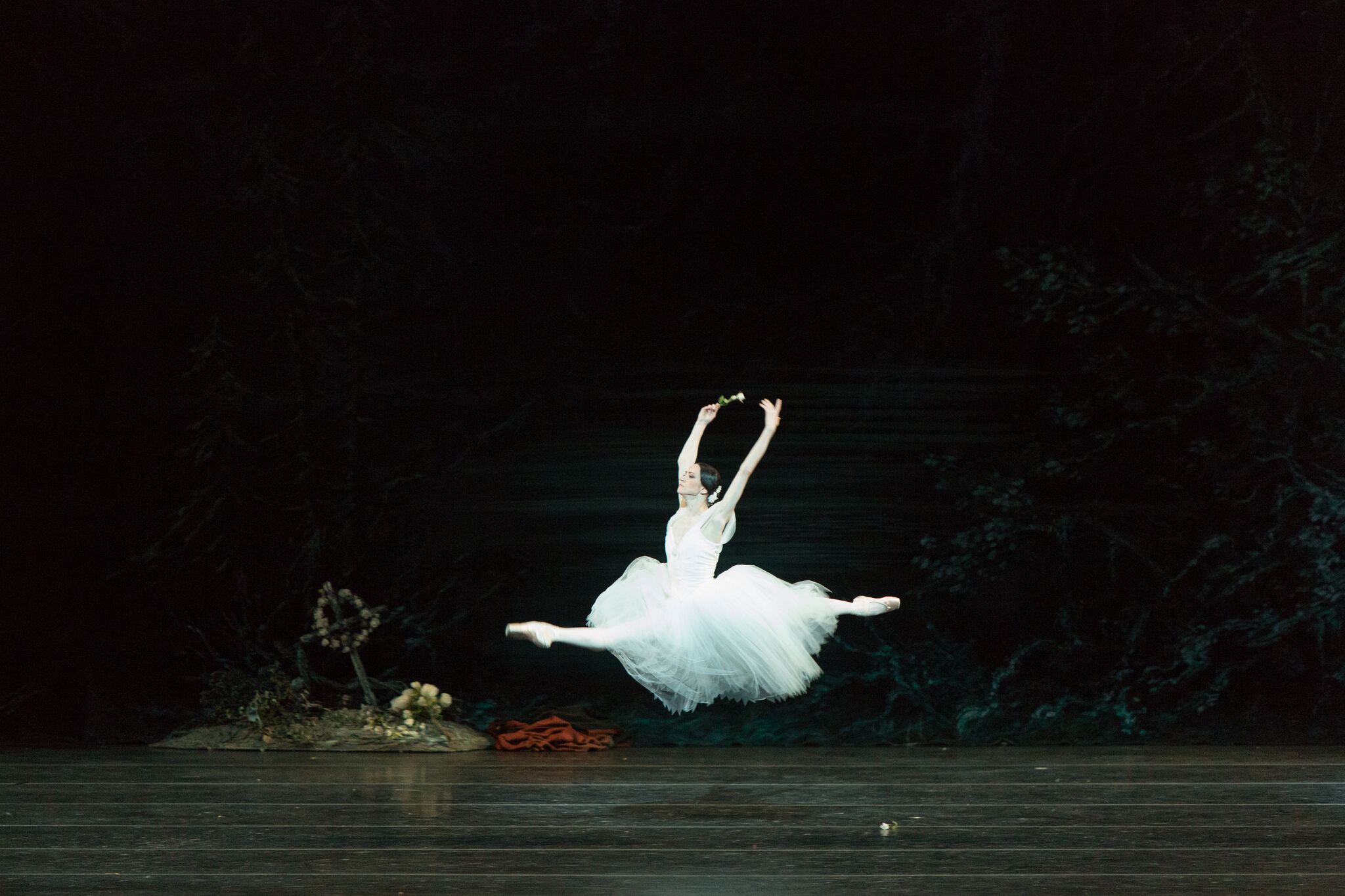
Selected at seventeen to be the youngest Giselle in the Bolshoi’s history, Lunkina returns to the role a fully formed artist who somehow retains the ability to seem compellingly unformed. Her Giselle is not simply innocent; she’s clever, wily, playful in spite of her peasant-caution. She turns a technical necessity like spotting during fouettés into a giddy reluctance to take her eyes off Albrecht, a nobleman in disguise who delays to dally with her. Ballet’s implausible beauty becomes plausible in her dexterous, reckless excitement, as if any teenager in love would move this way.
Lunkina’s Albrecht is danced by Harrison James, debuting as a Principal just three years after joining the company’s Corps. His career, like her own, skyrocketed with rare speed. Perhaps this accounts for the palpable empathic connection the two leads share in their pas de deux; relatively few dancers can relate to being plucked so young to headline the flagship of classical ballets. The care they show for one another in the notable steadiness of his holds and in her breathless emotional openness suggest a deeply trusting partnership.
In service of his character, James’ seamless transitions read as prissy and rakish in Act I, so it’s uniquely gripping in Act II to watch this arrogance erode into defenceless remorse as he offers repentance to Giselle’s ghost and dances for his life before the Queen of the Wilis, played by First Soloist Alexandra MacDonald.
Another recent promotion, MacDonald’s imperious, implacable Queen enters the stage with the chilling completeness of a perfect circle not found in nature. The glacial intensity of her focus and hieroglyphic développés declare that this is not a spirit whose mind can be changed or heart appealed to.
Her inflexible wrath is turned on Principal Dancer Piotr Stanczyk’s Hilarion. A jealous spurned suitor, he expresses brutalizing vitriol for Giselle’s choice with viciously disgusted gesturing. Stanczyk’s savage performance suggests it’s not heartbreak alone that drives the ensuing mad scene; he animates the medieval setting in which compromised young women were treated with as much or more contempt than his character radiates. Hilarion exposes Giselle to ruin before their whole village, with the May Queen flowers still in her hair.
Lunkina affects an unsettling mimicry of her recent joy as if trying to trace her feet back to where she misstepped. Her frenzied movement betrays a mind struggling to understand why anyone would do this to her. When she peered into the audience at the ballet’s stillest moment, a chord of guilt thrummed as if we had all colluded in her disgrace. Lunkina brought to life a girl who has become a stranger and enemy to herself.
The sets and costumes for Act II frame the transformations the three principals undergo. Having passed away just days before the premier, Tony Award-winning designer Desmond Heeley created chilling, obscured depth in the unconsecrated forest where Giselle is buried, and the preternatural movement of the Wilis’ veils immediately signal that the men have left behind the protection of the human world in order to atone.
Empty of disdain, Stanczyk now descends into a helpless panic as Hilarion is forced to dance himself to death. James’ Albrecht has been dragged through decades of growth in under a day, all fastidious affectations collapsed into defenceless sincerity. When he dances for the Queen of the Wilis, his technical skill now reads as fragile, mustered only to prove his remorse.
And Lunkina, who made balletic grace look believably natural in Act I, dives deep into the unearthly capacity of her art form. As if through water, her limbs float with the languid indecision of a reed drifting to the ocean floor. While James is decidedly a land mammal, you’d have to visit the aquarium to see anything ripple through reality the way Lunkina does as a Wili. Even though the two seem to dance in coterminous but incompatible realities, their shared regret and intimacy are unbearably tender.
Thanks to the ambitious complexity executed by its dancers, an unexpected feminism is at work in the National Ballet’s Giselle. The men’s desire and contempt are replaced by tortured contrition for treating Giselle as a trophy to win. Defying misogynistic cliches, she is empowered rather than embittered like the violent Queen. Lunkina’s Giselle uses what gave her joy in life, dancing, to protect the man she’s forgiven in death… and James’ desperate, longing kiss to the bloom she leaves behind reverberates with the harrowing incompleteness he may always know without her.